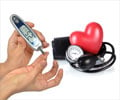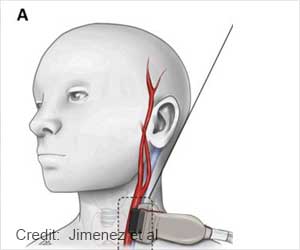Researchers from State University of New York have found that low levels of lead found in the blood during early childhood can increase a child's risk of developing hypertension in later life.
Researchers from State University of New York have found that low levels of lead found in the blood during early childhood can increase a child's risk of developing hypertension in later life.
They found that low levels of lead could adversely affect a child's cardiovascular system's response to stress.During the study, the research team found that lead exposure was associated with an increase in vascular resistance when the children worked on a stressful computer task.
Vascular resistance is a measure of tension within the blood vessels. Increased vascular resistance may lead to hypertension if it continues over time.
They also found that lead exposure was associated with a decrease in circulating aldosterone levels, a hormone that helps regulate blood pressure.
In an earlier study with a different group of children, the researchers found that higher lead levels measured at 2 years of age were associated with an increased vascular response to stress later in life (average of 9.5 years of age).
And the present study aimed to determine whether this association was true when both lead and vascular responses were measured simultaneously, and if it did, how this happens.
Advertisement
"We're seeing the negative effects at these low levels. While these are preliminary findings, the issue deserves more study," he added.
Advertisement
Activation of the sympathetic nervous system produces the "fight or flight" response, raising the heart rate and constricting the blood vessels, among other things. Sympathetic nervous system activity is an appropriate response to stress, but can be harmful if activated for a long time.
"We believe lead causes an increase in sympathetic nervous activity during rest which reduces the body's ability to generate a response when stress comes along," Dr. MacKenzie said.
The study will be presented at 122nd annual meeting of The American Physiological Society.
Source-ANI
LIN














